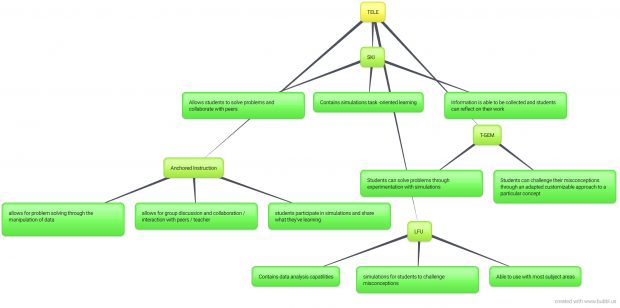Elementary Science
Topic: Mass
Misconception: That the size and shape of (an) object(s) affects the balance on a scale even if the weight is the same
Students can sometimes get confused between the type of objects you may put on both sides of a scale and its impact on balance. Some students think that if you put 1 pound of paper clips on one side of a scale and a 1 pound cube, the scale will not balance out.
Materials:
- Balance scales
- Computers
- Different objects
Lesson:
- Assess students prior knowledge by asking them when using a balance scale, what is the relationship between the length of the arm and the mass of the objects that balance on it? Do different materials impact the balance of the scale?
- Ask students to discuss with a partner how they will be able to get the scale to balance using different materials
- Ask students to come up with a theory for how to get the scale to balance perfectly level
- Ask students to use different materials to place on each side of the balance to see if smaller less heavy objects on one side and a single heavy object on the other of equal weight will influence the balance scale.
- Have students hypothesize and test out if adjusting where the object(s) are placed on the scale influences
- In partners, have the groups come up with some new rules for understanding weight and mass.
- Have students use the PhET “Balancing Act” to test out different materials and their weight. https://phet.colorado.edu/en/simulation/balancing-act
This lesson draws upon the T-GEM model. According to Khan (2007) this model focuses on three important steps: Generate, Evaluate, and Modify. In this lesson students are asked to generate their own ideas around mass /weight and how different objects will influence the balance of the scale. The students compare their predictions with their partners and then test out their theories that they have come up with. After testing their hypothesis various times, the students then come up with some scenarios why different objects and lengths of arms will influence the balance scale. This is the ‘evaluate’ portion of the T-GEM. The last stage of the lesson allows students to modify their original beliefs about weight and mass. They are able to gain an new understanding regarding the relation of weight and mass to balance. The extension part of the lesson is meant to give students further time to experiment with the ideas that they toyed with in the lesson. As Stieff et al (2003) discusses, it’s important to give students opportunities to give students virtually unlimited opportunities to experiment with real world objects. Using visualizations allows students to understand the differences between physical variables and the equilibrium posting (Stieff et al, 2003). Students have the opportunity to test what they’ve learned about balance and make predictions about how different objects will make the plank balance.
References:
Khan, S. (2007). Model-based inquiries in chemistry. Science Education, 91(6), 877-905
Stieff, M., & Wilensky, U. (2003). Connected chemistry – Incorporating interactive simulations into the chemistry classroom. Journal of Science Education and Technology, 12(3), 285-302.
